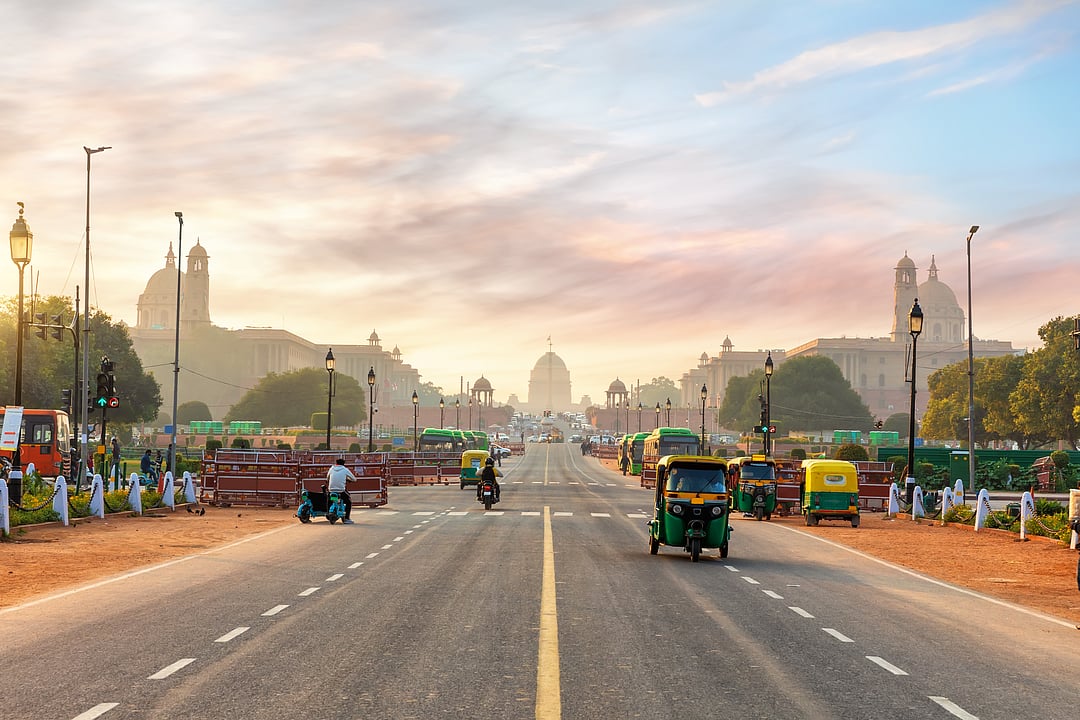What is currently referred to as the Central Delhi area, or Lutyens Delhi, came to be as a result of the decision by the British to shift the capital from Calcutta to Delhi. The capital of British India shifted from Calcutta to Delhi in 1911. Designed by British architect Sir Edwin Lutyens in the early 20th century, Lutyens’ Delhi isn’t just a neighbourhood—it’s the elegant, tree-lined epicentre of Indian political power. In terms of urban landscape and design, there’s very few parallels to be found in the world for it. With broad avenues, sprawling bungalows, and monumental structures, this part of New Delhi tells the story of an empire, and later, an independent nation coming into its own. Let us delve into the literal heart of Delhi and find out all that a traveller must brush against on a visit.
Heritage
Guide To Lutyens' Delhi: History, Architecture And Colonial Walks In New Delhi
From Rashtrapati Bhavan to Sunder Nursery, explore the colonial grandeur, leafy boulevards, and cultural gems of Lutyens’ Delhi—India’s political heart designed by Sir Edwin Lutyens in the early 20th century

Around the elegant New Delhi area
Photo: Shutterstock
Around the elegant New Delhi area
Photo: Shutterstock
CLOSE



